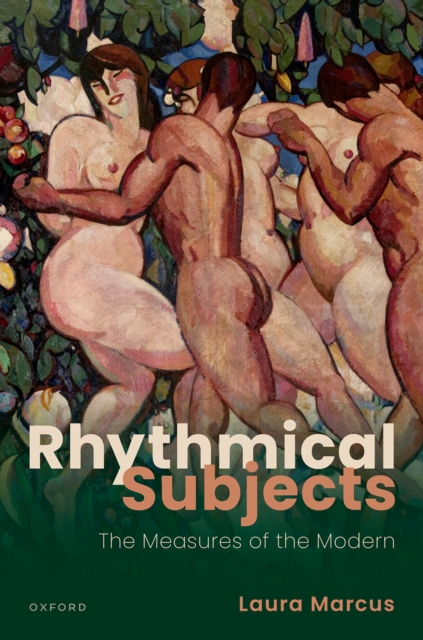
Rhythmical Subjects : The Measures of the Modern EPUB
by Laura Marcus
EPUB
- Information
Description
Tracing a developing fascination with rhythm's significance, its patterns, and its measures, across philosophy, psychology, science, and the whole range of arts, Rhythmical Subjects shows how and why attention to rhythm came to serve as connective tissue between fields of inquiry at a time when modern disciplines were still in the process of formation or consolidation.
The concentration on 'rhythm' and its cognates largely arose, Laura Marcus demonstrates,from the desire to reclaim or retain human and natural measures in the face of the coming of the machine and the speed of technological innovation.
Rhythmical Subjects uncovers the disparate routes by which rhythm acquired its newfound ability to link ancient and modern forms of intellectual inquiry, and tofathom and re-invigorate temporal articulations of modern subjective life. Among the numerous intellectual and artistic developments set in a new light by this brilliantly wide-ranging book are: the long line of philosophical and theoretical writing on rhythm, from Nietzsche to Bergson and their twentieth-century interlocutors; psychological explorations of rhythm as the fundamental law of life, from Herbert Spencer and Ralph Waldo Emerson to Elsie Fogarty; more experimental engagements with psychology's rhythms, from Wilhelm Wundt, Théodule Ribot, and Karl Groosto the aesthetic writings of Vernon Lee; the history of prosody; pioneering applications of rhythm studies to social and sexual reform, by Havelock Ellis, Marie Stopes, D.
H. Lawrence, and Mary Austin (among others); Lebensreform movements and the contribution of Rudolf Steiner and Emile Jaques-Dalcroze;and numerous endeavours in artistic and critical innovation, from the small modernist magazines of Bloomsbury and Paris to art salons and dance studios across Britain, Continental Europe, and America.
Information
-
Download Now
- Format:EPUB
- Pages:240 pages
- Publisher:OUP Oxford
- Publication Date:08/11/2023
- Category:
- ISBN:9780192883902
Other Formats
- PDF from £21.25
Information
-
Download Now
- Format:EPUB
- Pages:240 pages
- Publisher:OUP Oxford
- Publication Date:08/11/2023
- Category:
- ISBN:9780192883902